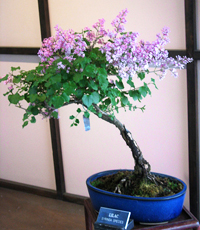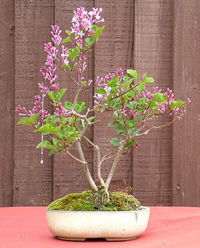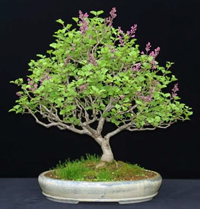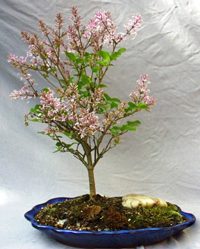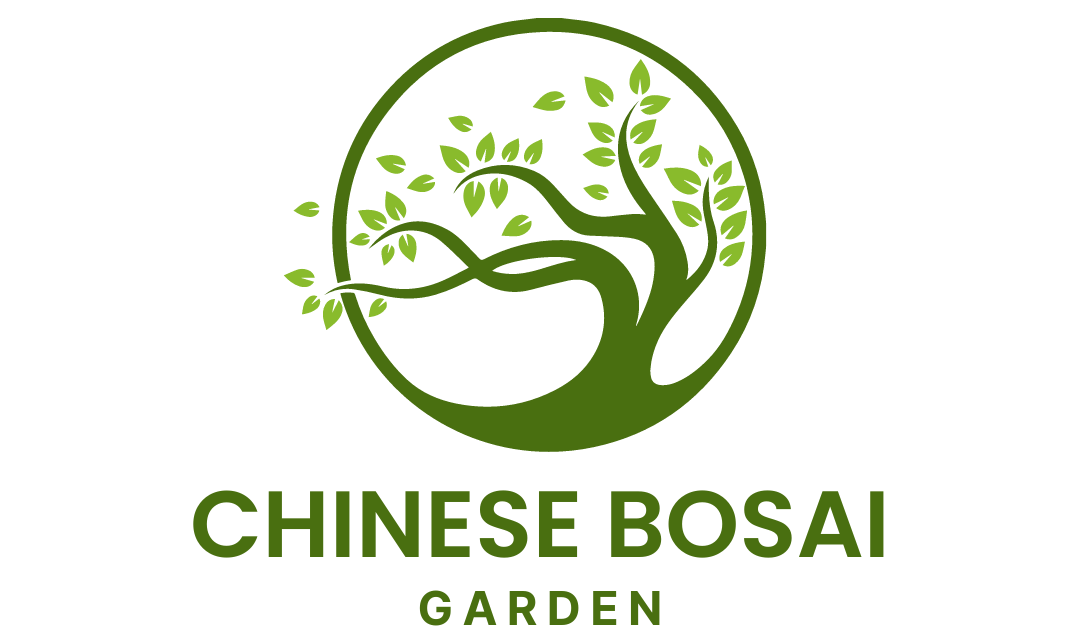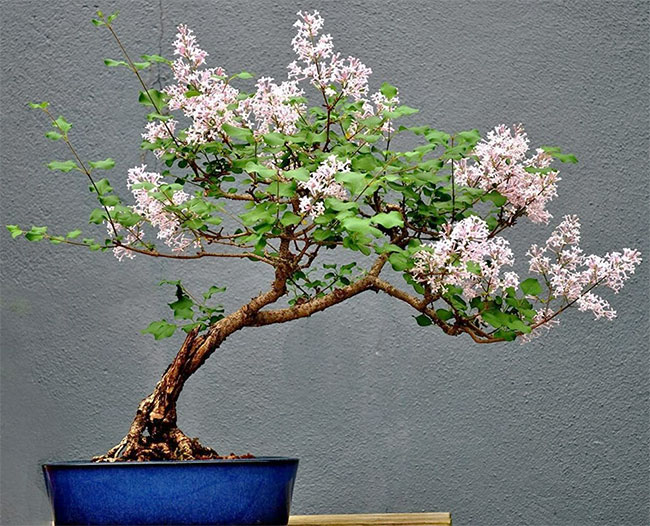
The Korean Lilac Bonsai Tree, scientific name Syringa meyeri or Syringa palibiniana, is a deciduous tree very urban tolerant, especially to heat and drought.
In late spring, it produces showy fragrant violet-purple flowers that attract bees, butterflies, and birds. Generally, this tree is disease and pest-free and is completely resistant to powdery mildew.
It is a very adaptable bonsai tree that can tolerate a wide range of conditions. Korean Lilac is a very hardy tree and, therefore needs to be grown outdoors.
Family: Oleaceae
Scientific name: Syringa meyeri syn. Syringa palibiniana
Additional Information
Common Names: Meyer Lilac, Korean Lilac, Dwarf Korean Lilac, Common Lilac.
Origin: Native to northern China and northern Japan.
Appearance: It is a decideous ornamental shrub with gray-brown bark and dark green, opposite, elliptic to ovate shape leaves.
Flowering: In late spring it produces lavender-white to violet-purple fragrant flowers that are supported by long inflorescences. It will bloom at any age with showy flowers that will cover the entire shrub. Flowers are followed by fruits, which are brown capsules.
Outdoor/Indoor Use: Outdoors.
Light Requirements: Full sun to partial shade.
Water Requirements: Likes moist and well-drained soil but can adapt to poor soil conditions. Water regularly provides more water during the growing season and less water during winter.
Hardiness: Grows best in the USDA Zones 4 – 7. This hardy bonsai tree can tolerate cold down to -30F.
Insects and Diseases: Generally, very healthy and completely resistant to powdery mildew.
Propagation: By seed, softwood cuttings, dividing the rootball, and simple layering.
